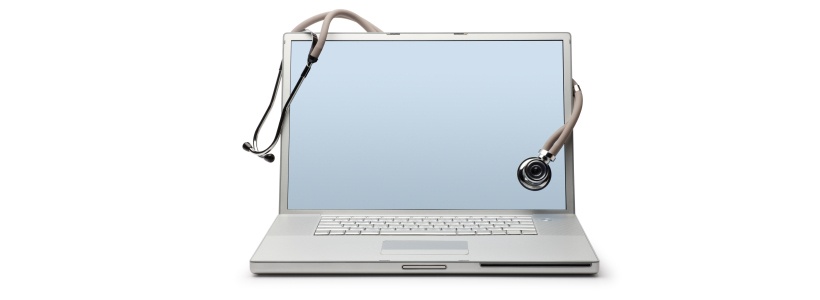
By Sandy Christiansen, MD, FACOG
Planned Parenthood (PP) of the Heartland in Iowa is on a mission to ensure ready access to abortion on demand for all women in that state. Instead of opening more clinics in remote locations, in 2008, they started giving rural women a T.V. screen and pill drawer. These “telemedicine abortions” were subsequently challenged by the state medical board in 2013 and deemed “unsafe medical practice.” PP sued the Iowa Board of Medicine and appealed the rule. Finally, in June of this year, the Iowa Supreme Court voted unanimously to reject the rule, thus endorsing PP’s telemedicine abortion practices. So, is induced abortion a good fit for telemedicine, or not?
Born out of necessity to bring needed services to patients in remote locations, telemedicine had its origins in the military and space program in the 1950s. According to NASA, “Telemedicine is the interactive transmission of medical images and data to provide better health care (emphasis added) for people in remote or medically underserved locations. Today, more than half of all U.S. hospitals use some form of telemedicine, and the Veterans Health Administration delivered more than 300,000 remote consultations in 2011. The American Telemedicine Association has developed standards for practice to promote safe and secure delivery of services. Alarmingly, some are using this technology to provide medication abortions, casting a long shadow on the original intent and purpose.
The Mifeprex® Abortion
In 2008, the Guttmacher Institute reported that medication abortion accounted for 25 percent of the 1.2 million abortions performed under nine weeks and 17 percent of all abortions that year. In 2000, the Food and Drug Administration (FDA) approved mifepristone together with misoprostol for inducing abortions in women up to 49 days from the start of their last menstrual period (LMP). Mifepristone is one of a growing class of anti-progesterone drugs being developed for abortion and emergency contraception.
How Does It Work?
Given to a pregnant woman, mifepristone binds to progesterone receptors, blocking progesterone’s critical role in sustaining the embryo’s attachment to the uterus and thus his/her blood supply. Mifepristone alone only completes the abortion 4 percent of the time, so the regimen includes the administration of a potent prostaglandin, misoprostol, given two days later if the abortion is not complete, to cause intense uterine contractions that result in expulsion of the embryo.
Side Effects & Risks: The Tip of the Iceberg
Since approval in 2000 through April 2011, the FDA received reports of 2,207 cases of adverse events (AERs) among approximately 1.5 million users. This may not seem significant, but according to the Government Accountability Office (which provides post-marketing oversight to the FDA to ensure drug safety), common estimates of the proportion of AERs captured by FDA range from only 1 to 10 percent. Extrapolating, a closer estimate of the actual number would be anywhere from 22,000 to 220,000!
Of the 2,207 AERs, more than one-half of the 612 hospitalized women bled enough to need a transfusion. Gary and Harrison analyzed AERs in 2006 and found that more than one-third were due to hemorrhage, the majority required a blood transfusion and 18 percent were life-threatening. More than 5 percent of women undergoing medication abortions between eight and nine weeks from their LMP will need a D&C to stop the bleeding.
A study of more than 233,000 medication abortions reported a mortality rate of 0.4 per 100,000 (one death due to undiagnosed ectopic pregnancy) and had an overall clinically significant adverse event rate of 16 per 10,000.
Holly Patterson was only 18 years old when she died of septic shock following a mifepristone abortion. Ten of the known 14 deaths were due to overwhelming sepsis caused by toxin producing Clostridia sordellii. The FDA and Centers for Disease Control hypothesized mifepristone’s immunosuppressive effects coupled with the “ideal bacterial culture” of the aborting uterus created a perfect storm to produce the rapid fulminating lethal shock syndrome observed. Victims do not develop fever and, once established, the infection is 100 percent fatal. Off label use (buccal or vaginal misoprostol) was associated with eight of the 10 known victims who died of sepsis.
. . . Read more
This full article, with citations, is available on the private, affiliate-access portion of this site.
Sandy Christiansen, MD, FACOG, is Care Net’s National Medical Consultant and the Medical Director of Care Net of Frederick (MD).

